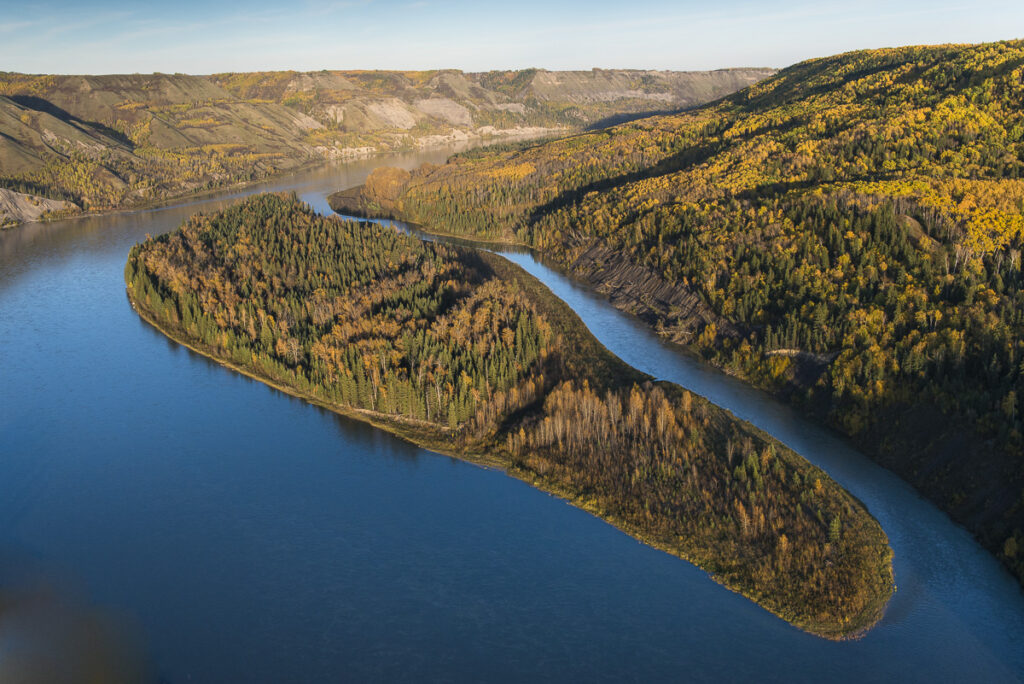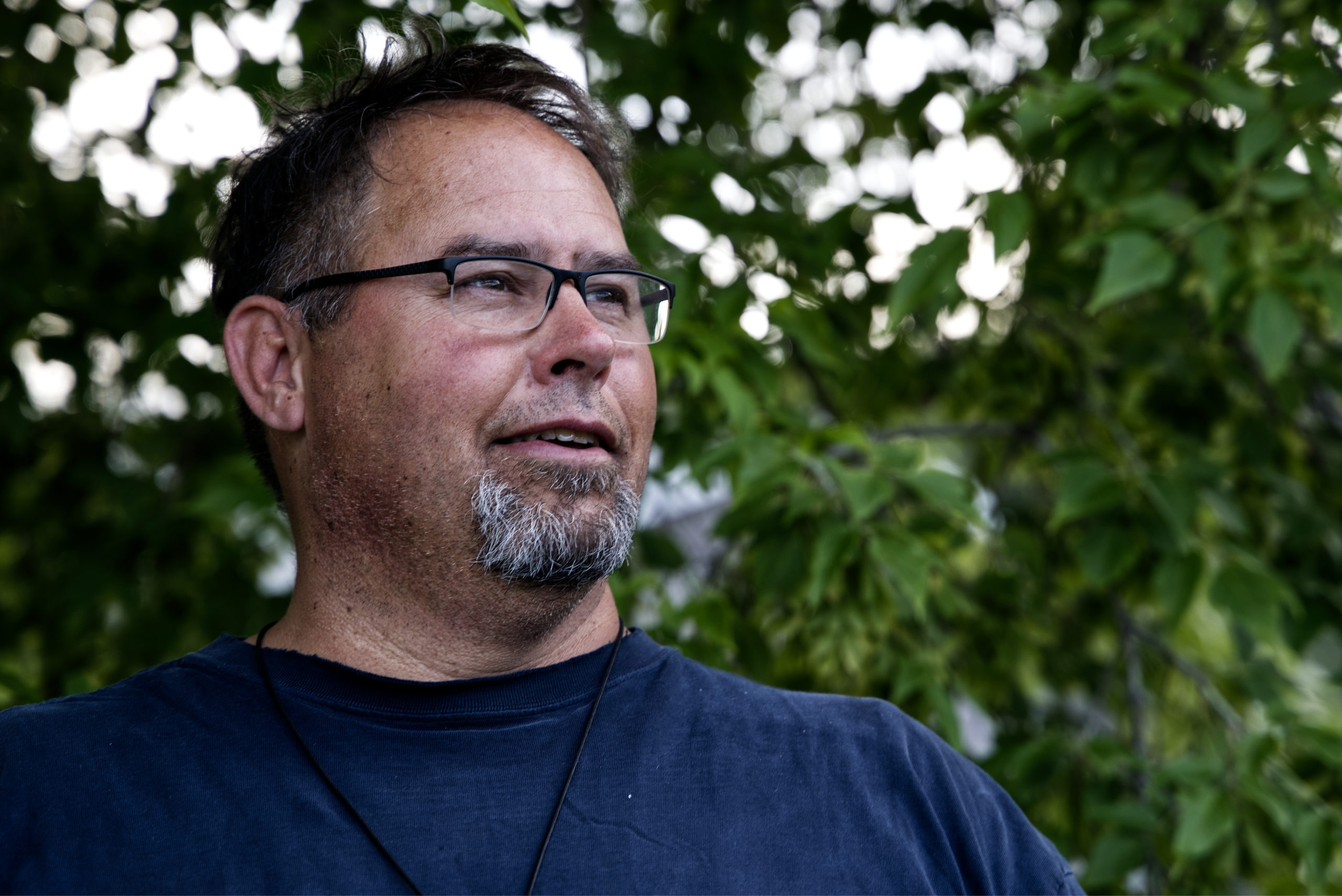
Canadians have another facet of national defence right under our noses
The current trade war with the U.S. means Canada must confront whether its domestic food...
For those following the Site C dam project closely, March 14 was supposed to be a big day. After years of negotiations and court proceedings, a six-month “mega trial” was set to begin in B.C.’s Supreme Court to determine whether the $16 billion project — the most expensive dam in Canadian history — infringes on Treaty 8 Rights.
Instead, representatives from West Moberly First Nations, who brought forward the case against B.C., the federal Attorney General and BC Hydro, are having “confidential discussions to seek to settle this litigation” outside of court, according to a BC Hydro progress report submitted to the BC Utility Commission on March 31.
The report reveals the case was adjourned on Jan. 21, 2022, raising questions about why the parties have once again entered private discussions and what this will mean for the future of the case and the project.
“If they think that there’s a possibility of them getting a negotiated settlement, then they will postpone,” explains lawyer Cynthia Callison, founding partner of Callison and Hanna law firm and member of the Tahltan Nation. The Indigenous-led firm focuses on providing advice and strategies to Indigenous governments on decisions and agreements related to resource development.
Callison says negotiating an agreement is preferable to slogging through a lengthy court case — for everyone involved.
“In my mind, a negotiated settlement is far superior than what could be crafted from a judge’s decision,” she said, adding that doing so sets the stage for a healthier, ongoing relationship between the First Nations government, the province and BC Hydro.
“It’s good in the sense that the government side, the [BC] Hydro side, is recognizing that there are some rights and that they need to have a negotiated settlement,” she told The Narwhal in an interview.
“For a long time, there was denial — deny, deny, deny — and now we’re moving into an era where there’s supposed to be an acknowledgement or recognition and reconciliation.”
The Site C dam, which has been mired in controversy, would flood 128 kilometres of the Peace River watershed in northeast B.C., submerging First Nations burial grounds, agricultural lands and areas of cultural significance, including important hunting, trapping and fishing grounds.

In 2018, a B.C. Supreme Court judge ruled the West Moberly First Nations case must be heard before mid-2023, the earliest point at which flooding to create the dam’s reservoir would occur. Adjourning the trial means the clock is ticking to resolve the litigation on this timeline.
This isn’t the first time West Moberly has entered confidential discussions with the B.C. government and the public utility to resolve the litigation. The nation was previously in discussion from February to August of 2019 and Chief Roland Willson said at the time those talks were “essentially kicking a dead horse.”
“They wanted to have discussions and now we’re not talking anymore. We’re going to court,” he told The Narwhal in 2019.
The nature and scope of the current discussions is unknown. Willson told The Narwhal he is unable to comment, given the nation is still embroiled in a legal challenge.
A spokesperson for the public utility reiterated the contents of the progress report but did not provide any further information.
“BC Hydro remains committed to working with Indigenous communities to build relationships that respect their interests,” the spokesperson wrote in an email to The Narwhal.
“We can confirm that earlier this year, all of the parties to the litigation agreed to adjourn the trial that was scheduled to begin in March 2022. Confidential discussions are continuing between the parties,” the BC Hydro statement says.
Premier John Horgan’s office declined to comment and referred The Narwhal to the Ministry of Energy, Mines and Low Carbon Innovation, which said all parties agreed to adjourn the trial and are now in negotiations.
“Out of respect for the ongoing discussions, the ministry will not be providing any further comments at this time,” a spokesperson wrote in an email.
Wrapped up in the anticipation of this “megatrial” is the potential for documents that have been kept secret finally being made public. Despite this being a publicly funded project, documents that analyze safety concerns about the stability of the dam, geotechnical issues, projected final costs and risk mitigation strategies have been fully or in-part withheld from the public.
“Site C has all the elements of a typical boondoggle, including cost overruns and questions about whether it’s even a good idea — and it’s all due to excessive government secrecy,” Duff Conacher, co-founder of Democracy Watch, told The Narwhal in an interview.
West Moberly has been using the court system to try to obtain as much documentation as possible. Last year, their efforts paid off as the court ordered the province and BC Hydro to release Site C financial and safety documents to West Moberly. But a condition of releasing these documents was that West Moberly keep them confidential.
“All the reports, everything they’re doing on this project, should be available to the public,” Willson told The Narwhal at the time. “The court has said we have to hold whatever information we get in confidence and not divulge it to anyone. There’s nothing we can do about it. That’s the condition.”

At the heart of the secrecy controversy is a 2020 report on the status of the project prepared by former deputy finance minister Peter Milburn. He was brought on as special advisor to examine the project and give the government independent advice.
As The Narwhal previously reported, Milburn focused on four key areas of the Site C project: governance and oversight, geotechnical issues, risk and construction supervision and claims management.
He found that the level of resources BC Hydro dedicated to risk management were “very inadequate” and that the crown corporation should have made greater allowances for the geotechnical risks.
The government initially released a 37-page summary document of Millburn’s report. In mid 2021, after the report was provided to West Moberly under court order, a heavily redacted version of the full report was released to the public.
The recent BC Hydro progress report noted Milburn’s review made 17 recommendations aimed at “improving oversight and governance and strengthening Site C risk reporting and management” and said all 17 recommendations had been implemented by Sept. 30, 2021.
“This includes changing the structure of the project assurance board by having a majority of independent members on the board with expertise in the areas of capital project construction and management; delivery of major civil projects; commercial negotiations and construction-related claims settlements,” the progress report said.
Yet, many details around the project — which has been described as “extraordinary” by international hydro expert Harvey Elwin for its lack of transparency — remain hidden from the public.
BC Hydro’s progress reports have a “project status dashboard” that outlines various pieces of the project and give each one a red, amber or green light. When it comes to the regulatory permits and tenures BC Hydro gives itself an amber status, meaning there are “moderate issues” with this piece of the Site C puzzle.
This “reflects the possibility that the Blueberry River decision could affect the timing of the issuance of provincial permits required for the completion of the project,” according to the most recent report.
In June, 2021, the B.C. Supreme Court ruled that the province had infringed on Blueberry River First Nations’ Treaty Rights by permitting and encouraging vast industrial development on its territory. Since the ruling, all new proposed projects on Blueberry River territory have been paused while an agreement is negotiated with the province. The Site C dam, if completed, would have significant impacts on the already heavily impacted territory.
The BC Hydro report noted that as of Dec. 31, 2021, it has obtained 84 per cent of the estimated 633 provincial and federal permits required for the project.
Blueberry River, like West Moberly, is a Treaty 8 nation and the implications of the court ruling on the Site C project and Treaty Rights have been described as a “game changer” by legal experts.
Chris Tollefson, professor of law at the University of Victoria, told The Narwhal in a previous interview the implications of the ruling to Site C are “enormous.”
“I don’t think this was a development in the law that was necessarily expected but it is a game changer for the Site C litigation,” he said last fall.
Conacher says while the impact of a successful court case like the Blueberry River ruling may extend beyond the nations’ territory, a win in the courts doesn’t address the underlying problems.
“If you look at the history of these cases, governments again and again do the same thing and essentially challenge whichever Indigenous Peoples or First Nations are in the area to go to court,” he says. “The default position is pile head, we have full power to make any decision we want.”
Callison notes this is an immense burden to First Nations — bringing forward litigation on issues related to rights and infringement is a barrier to many nations across the province.
“It’s prohibitive, not just in terms of cost but in terms of time, the length of time to have these cases moved through the court system,” she says, explaining many nations simply don’t have the capacity or resources to pursue litigation.
Whatever the outcome of the discussions between West Moberly, BC Hydro and the province and the fate of the Site C dam, all parties will need to work together on new and existing projects.
“Reconciliation isn’t just a one-off commitment — it’s basically an ongoing working relationship,” Callison says.
Updated on April 7, 2022 at 10:00 a.m. PT: An earlier version of this story incorrectly stated that a full version of Peter Milburn’s report on Site C was never released. In fact, a heavily redacted version of the report appears on the B.C. government’s website. The story has been corrected and a January 2021 quote from Tim Thielmann, former legal counsel for West Moberly First Nations, pulled from previous Narwhal reporting, in which he drew attention to the government deciding not to make some details public, has been removed.
Cynthia Callison is the sister of Candis Callison, who is a member of The Narwhal’s board of directors. The Narwhal’s board is not involved in editorial decisions.
Get the inside scoop on The Narwhal’s environment and climate reporting by signing up for our free newsletter. On March 17, federal Conservative Leader Pierre Poilievre...
Continue reading
The current trade war with the U.S. means Canada must confront whether its domestic food...

Residents and nearby First Nations wanted a new environmental impact assessment of the contentious project....

Growing up, Christian Allaire loved spending summers with his cousins in his grandma’s backyard, near...
